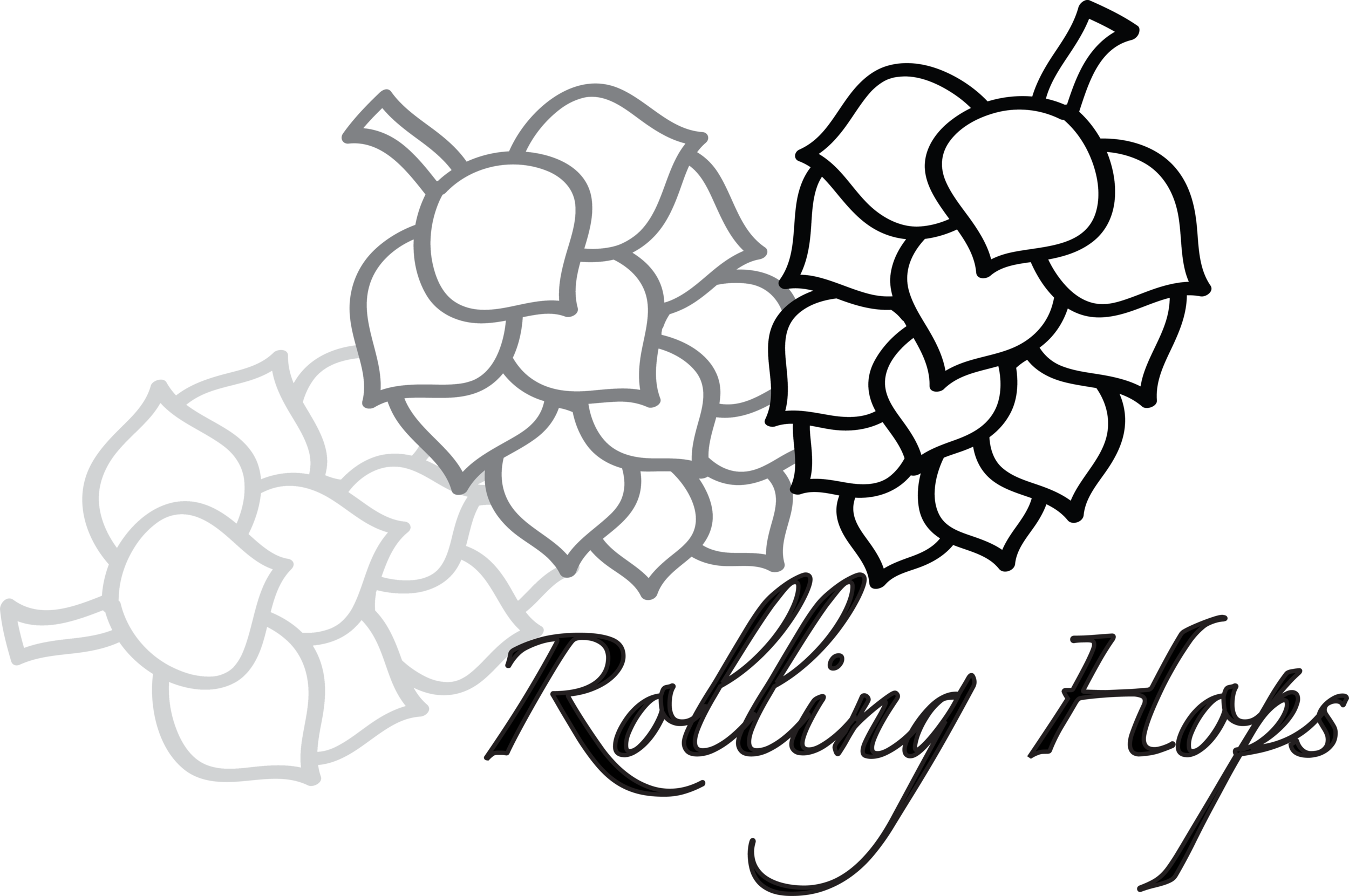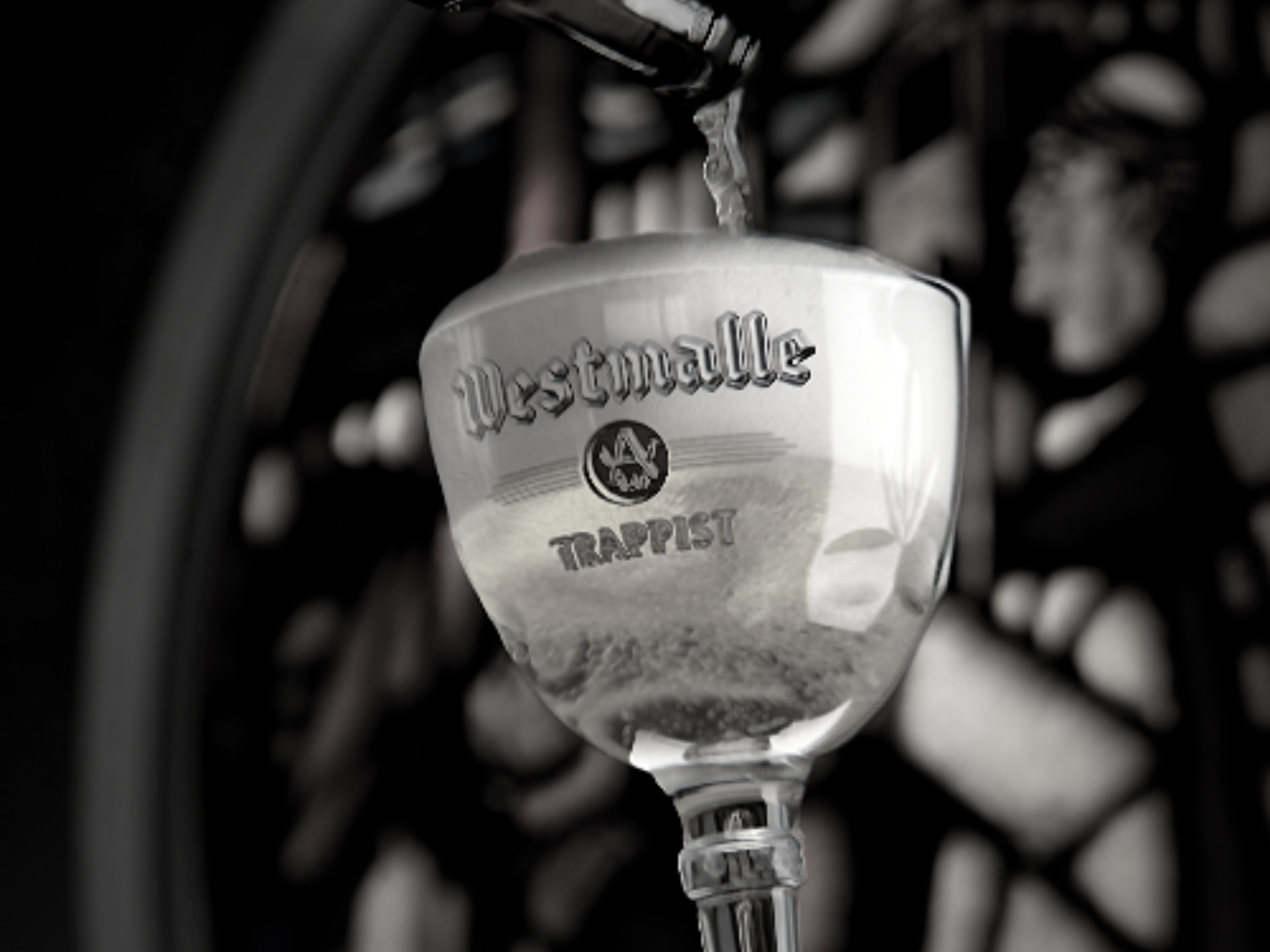A Nation of Beer: Belgium
Belgium. A country of breathtaking scenery and cities that bring fairytales into reality. A mixture of languages and a diverse population, Belgium has a rich history and profound culture. The most interesting, at least in our eyes, is the country’s rich connection to beer creation and consumption.
Belgium, or rather the Kingdom of Belgium as is its official title, is a relatively new nation in relation to other countries in Northern Europe, only declaring independence from the Netherlands in 1830. However the area’s connection with brewing goes back much farther, with archeological evidence of breweries existing in the 3rd and 4th centuries AD. At this point in time, the area of modern day Belgium was under the occupation of the Roman Empire.
Between the 10th and 11th century, Belgian beer was quite known for the inclusion of gruit, a herb mixture used for bittering and flavouring beer. Around the 13th and 14th century the addition of gruit began to stall and was quickly replaced with the inclusion of hops, a practice first conducted in Germany.
In the modern era, Belgium is separated into three regions. The north region, Flanders, is synonymous with the lion's share of brewing today. However, that's not to discount the other two regions, Wallonia and the Brussels Capital Region, for their adoration and specializing in beer.
The Wallonia Region can be credited for a style of beer that’s becoming more and more popular inside the renaissance of the 21st century craft beer movement: the Saison. Saisons are pale ales brewed traditionally within farmhouses in the colder, slower months of the year for the intention of being consumed in the summertime. Without the invention of modern day refrigeration, many brewers would utilize the winter and spring months in order to avoid spoilage of beer in the warm summer temperatures -- higher levels of temperature lead to higher levels of airborne bacteria. Farmers would also utilize their permanent staff to assist with brewing, as there were less chores to be done on the farm in the colder months of the year. The typical consumers of saisons would be Belgian seasonal workers, or “saisonniers” (the principal reason for the beer’s name). There are many varieties for saisons today, however your typical craft version will be quite dry and highly carbonated, usually with refreshing fruity notes (a terrific summer beer).
Much of Belgian beer tradition comes from the mass-scale brewing conducted by the Trappist monks in the past millennium. They created what we know today as either Trappist Beer or Abbey Beer. To have the Trappist certification, even today, beer must be brewed within one of the twelve remaining monasteries; six of which are located in Belgium. Many breweries across the world model their beer after Trappist Beer, however one cannot label it as such, and they must therefore brand their beer under the title of “Abbey Beers.” Trappist and Abbey Beers do not actually conform to specific brewing styles; most tend to include significant and particular styles of Belgian brown ales, strong pale ales, and blondes.
The original role of the ‘brewer’ in Belgian culture was limited to monks, that is until around the 17th century, when beer production became less restricted. The 19th century was a tumultuous time for traditional Trappist brewers, as brewing was forced to a halt during the Napoleonic Wars. The beginning of the 20th century brought full-scale war, in which Belgium served as the main theatre for many horrific battles of the First World War. Belgium’s post war recovery in the 1920s brought life and revitalization to the traditions of Belgium's grand beer culture.
In most parts of the world, the 20th and 21st century beer market has been dominated by the increasing interest in lagers over ales. Not surprisingly, Belgium has followed suit, as lagers (particularly pilsners) make up the bulk of the beer produced. The largest brewing company in the world, Anheuser-Busch InBev, (known for its conglomeration of mostly lager style producing breweries) has its headquarters in the Belgian town of Leuven. A few well known AB InBev subsidiaries have their breweries in Belgium, including Jupiler and Stella Artois.
Another interesting style that particularly corresponds with that of areas in and around the nation’s capital of Brussels, is the fruity lambic. Lambic beers are a style that date back to the 19th century and originated in the Pajottenland region of Belgium and in the Capital Region of Brussels. This dry style of beer has become a favourite to many as it is frequently accompanied by the addition of various fruits.
A beer tradition that one will stumble across all over Belgium, is the eclectic use of beer glassware that exists for different styles of beer. When enjoying a Trappist or Abbey beer, it’s common to find these particular beers in chalices and goblets. Lambic beers, which are typically high in carbonation, are best served in a flute glass (similar to one used to drink champagne). The tall narrow flute helps to trap and maintain the carbonation. And perhaps the most notable glass to enjoy a wide array of Belgian beers is that of the tulip glass. This glass’ particular shape allows for the retention of the beer’s head.
There are many nuances to such a wide range of assorted beers in Belgium that it can be difficult to encompass the entire spectrum. For one to say they enjoy “Belgian beer” is actually quite a vague statement, as there is such a wealth of difference and complexity that encompasses this beautiful European country. No matter what your preference is or the preferred flavours you possess, you will feel as though you’ve died and gone to beer heaven when you venture into the encompassing labyrinth that is Belgium.
Craft beer is here!


